Four years on: Fate of Faisalabad’s urban planning project hangs in the balance
Plan aims to meet challenges of increasing population and infrastructure development
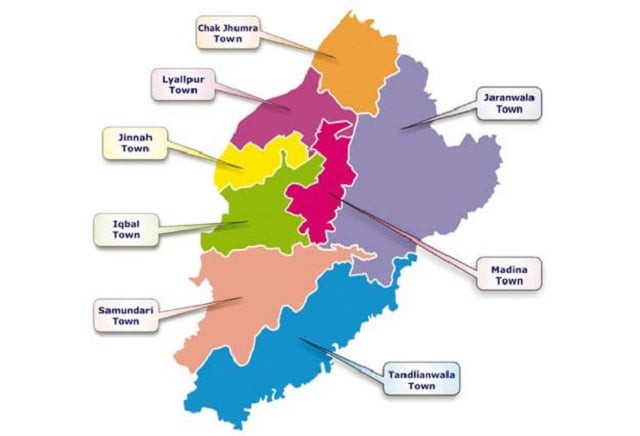
PHOTO: EXPRESS
However, the agencies concerned have failed to implement the project even after the passage of four years.
Budget 2017-18: Pindi Ring Road project excluded from Punjab ADB
The Urban Sector Planning & Management Services Unit (USPMSU), which is responsible for initiating, managing and supervising the project, formulated the plan that aimed to assist the city government for future growth and systematic development for the next 20 years. But despite tall claims, the project could not be initiated due to lack of interest from the government.
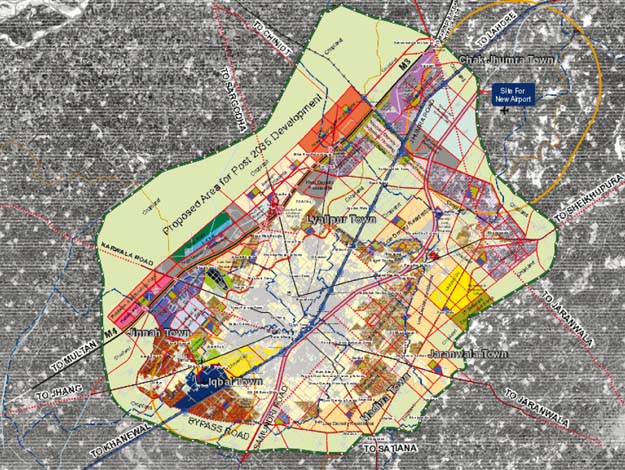
MAP'S COURTESY: CITY GOVERNMENT
The FPUSP prepared a development plan in accordance with the procedure prescribed in the Punjab Land Use Rules 2009, thus providing the city government with an agreed city boundary, peri-urban zoning and future road network plan. According to the documents available with The Express Tribune, rampant development along Sargodha Road, Sheikhupura/Canal Road and Jhang Road has limited development opportunities on both sides of the arteries.
It is observed that Central Business District (CBD) of Faisalabad is highly compact and no further space is available to accommodate any infill development. As a result, the area has to go regeneration and new opportunity zones must be chalked out to accommodate high and medium rise buildings to house future expected business and trade opportunities.
The Central North-West side (Ghulam Muhammad Abad) of the existing built up area is relatively less compact and has the potential for development. Compactness further decreases as one moves towards South-East (Satiana Road), North (Sargodha Road), and South (Samundari Road) side because poor accessibility of land between Canal Road, Jaranwala Road and Satiana Road need connecting arteries to tap the potential of these locked lands for future housing.
The documents revealed the area along the Motorway (M-3 Pindi Bhattian-Faisalabad), Industrial Estate and Value Addition City has a great potential for future industrial growth and employment. However, these lack complementary labour housing and ancillary commercial districts.
Ample agriculture land is available for cultivating main crops such as sugarcane, wheat, cotton, maize and rice in peri-urban area on South-East and South-West which has been considered in framing proposals to upkeep food security concerns of the town.
The documents read that Motorway M-3 and M-4 (Faisalabad-Gojra) provide a route for trading in addition to intercity commuting and connectivity and Faisalabad is likely to act as a regional trade and transit hub and this immense potential has to be capitalised.
Similarly, textile-based industrial economy provides various kinds of job opportunities to skilled and unskilled labour in the city. This has to be considered while planning for the future of city. Besides, irrigation system covering agriculture area pivotal to agricultural yield and food security for the city and surrounding areas has to be protected and consolidated.
The documents stated M4 is expected to open up future trade opportunities for the city which has to be considered as well. Larger population bracket comprises youth (about 60% of total population) and currently does not have opportunities.
At the same time, local universities produce approximately 40,000 plus graduates each year. A plan has to be devised to come up with more opportunities for them through a rationale land use distribution and setting to capitalise on this immense human resource potential.
It transpired that sub-soil water resources are generally brackish almost in every part of city and are not suitable for human consumption and even for irrigation. Future planning should be wise on this resource utilisation.
Meanwhile, the documents read that low space is reserved for parks and more space has to be augmented to enhance and promote healthy urban living.
While speaking to The Express Tribune, Faisalabad Chamber of Commerce and Industry Vice-President Ahmad Hassan said, “There is urgent need to improve the entire infrastructure of the city which is imperative for the growth of the industry in line with the development plan evolved by the FPUSP.”
Govt approves $1 billion road projects under CPEC
He added, “Our city has great potential and it can contribute tremendously to the national economy by boosting manufacturing activities and exports of the country.”
He maintained owing to haphazard growth of the city, lack of planning, manufacturing, commercial and other activities are suffering. Hassan pointed out the city is already confronted with innumerable problems due to unplanned mushroom growth of the industry which needs to be put in order as per plan, but it is very unfortunate that the concerned agencies are playing the role of silent spectator.
Published in The Express Tribune, July 5th, 2017.


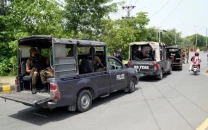
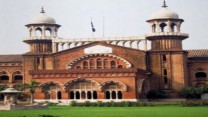
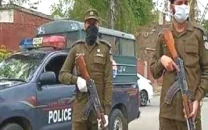














COMMENTS
Comments are moderated and generally will be posted if they are on-topic and not abusive.
For more information, please see our Comments FAQ